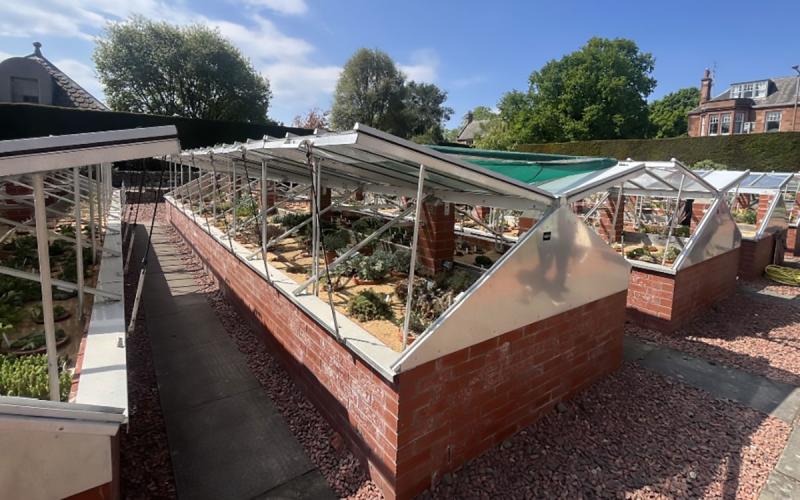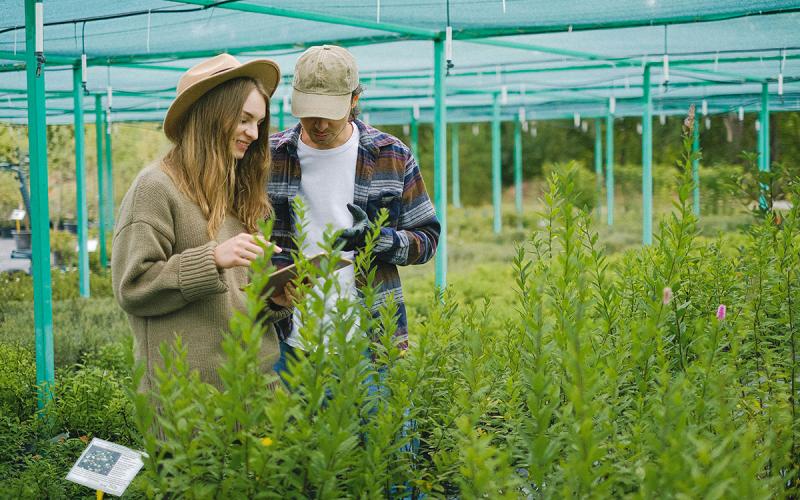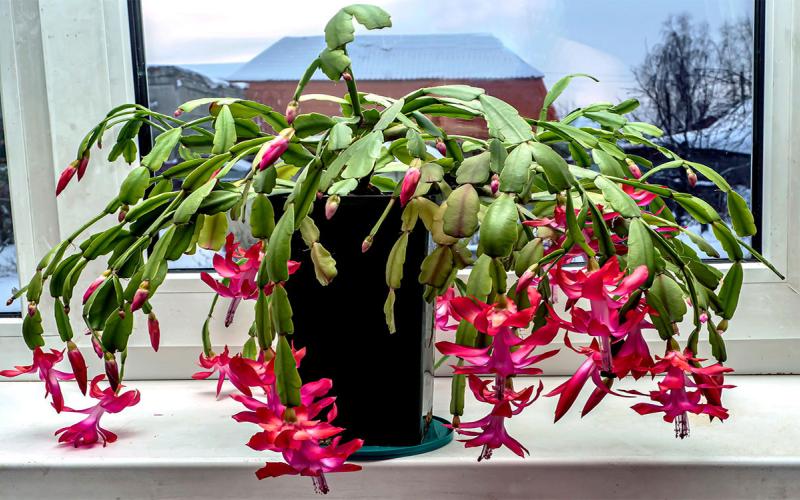A common means of creating a more compact and dense evergreen is though shearing. Shearing differs from pruning in that shearing concentrates on removing only the terminal portion of the new shoots, generally less than half its length. Shearing will not only shorten the annual growth of these shoots, but will also result in more shoots. Shearing causes new buds to be set near or at the cut which will results in more shoots. This will create a more compact plant than one that is not sheared and one with denser foliage.
When Should You Start?
Arborvitaes, Junipers & Yews
Arborvitaes, junipers and yews can be sheared almost any time during the growing season up about mid to late August. Shearing after this time may result in new growth that does not harden off in time for winter. This tender growth may be killed by the winter cold leaving the evergreen covered with short, dead tips come spring.
Spruce, Fir & Douglas-Fir
The timing for shearing is the opposite part of the growing season for spruce, fir and Douglas-fir. These trees should be sheared after the new shoots complete their growth, about late July through September. Spruce, fir and Douglas-fir produce side buds along their new shoots and when cut back to the side buds, these will form the new shoots for the following year.
Pines
The evergreens with the narrowest time period for shearing are pines. Pines only set terminal buds, buds at the tip of the shoots, and not along the new shoots as do spruce, fir and Douglas-fir. The only time to shear pines is while the expanding new shoot is still tender. Pine shoots expand with the needles very small and tightly attached. This growth is referred to as a candle. Removal of a portion of this candle will result in shorter growth for the season and new buds set for next year’s growth. If the pine is sheared after the new growth has completed expansion and the needles fully opened, no new buds will be set and the shoot will die back after the older needles are shed, usually in a couple of years. The best time to shear is when the new needles along the candle are about ½ the size of the older needles.
How Often Should You Shear?
While shearing is an excellent means of maintaining a compact and dense evergreen, one with a more formal appearance, excessive shearing can result in premature branch die back due to the thick growth causing too much interior shading. Annual shearing is best limited to the dwarf conifers such as birdnest spruce, the Alberta dwarf spruce and many mugo pine cultivars, all plants that generally stay small, less than 4 or 5 feet, at maturity. The evergreen shrubs, the arborvitae, junipers and yews, are best sheared every other, or even every third year. Annual shearing may cause too much shading so the interior foliage dies leaving only a thin shell of green foliage.


